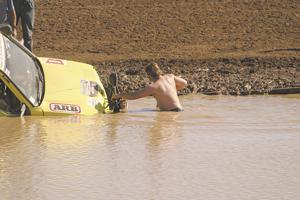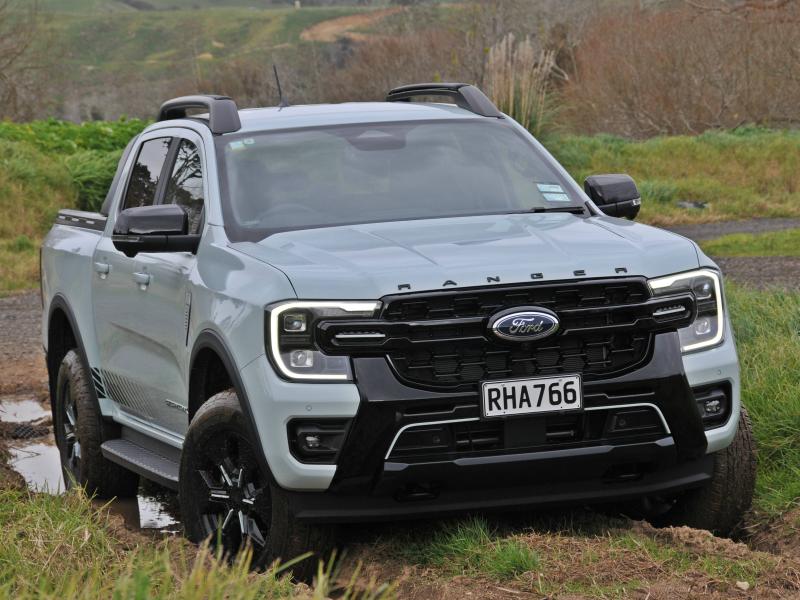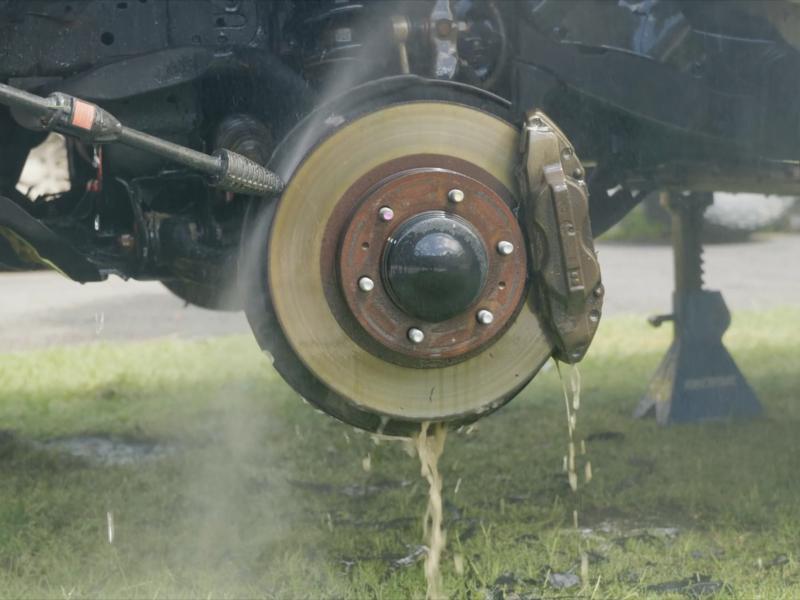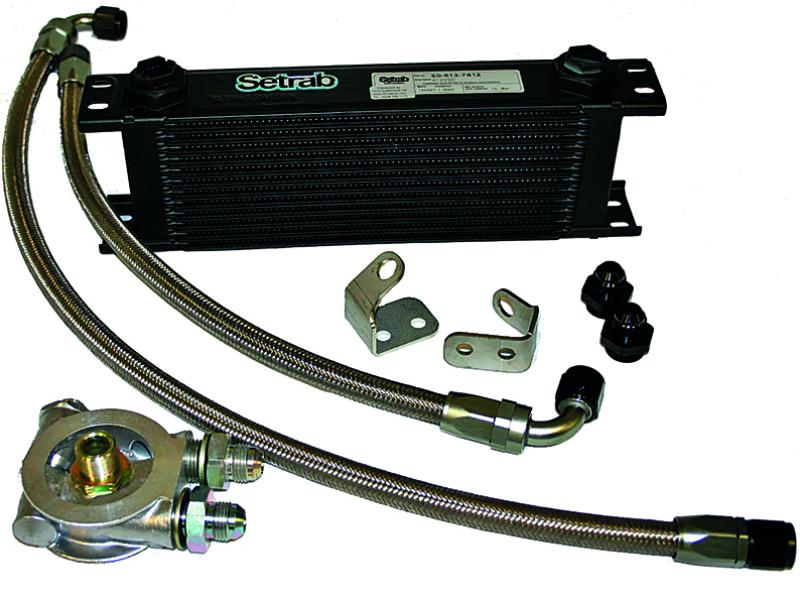Often a winch is regarded as the final option when manual and vehicle powered recovery has failed. However, there are times when it should be the first choice, in terms of efficiency and safety.
On a group trip especially, everyone just wants to keep moving, so a quick snatch is the first option considered. Well, as with all recoveries, the first step should be a full appraisal of the situation.
Some circumstances where a winch might be the first choice would be:
Where it’s difficult to get another vehicle close enough, and with sufficient traction, for a snatch.
Where you cannot get another vehicle in a straight line for a snatch.
Where the towing vehicle cannot see the vehicle being recovered.
Where the vehicle is badly bellied or stuck.
The first situations might seem obvious, but we have seen and heard of instances where vehicles have been pulled into banks and trees when being snatched or towed around corners. Towing vehicles can get stuck by backing into the same hazard as the stuck vehicle, especially soft sand.
If a vehicle is bellied, all snatching is likely to do is break something; a hook, a vehicle or a strap.
Winching has a number of advantages:
By using a snatch block you can get a straight pull, even if the anchor point is off the track or around the corner.
The person controlling the recovery can see the vehicle at all times.
The action happens slowly, so the risk of the vehicle being dragged into a bank or tree is minimal.
The loads are generally less with a static pull than dynamic.
The degree of load is clearer to see and the result is the vehicle gets moving.
On the other hand, use of a wire rope introduces a safety issue as the rope is likely to whip around, if it breaks. A winch blanket significantly reduces this risk.
Winches
There are two kinds of winch, hand powered and vehicle powered. The vehicle powered winches come in three flavours, depending upon how this power is transmitted to the winch.
It can be:
Mechanical via the PTO (power take off).
Hydraulic via a hydraulic pump. Or …
Electrical via the alternator and battery system.
Each type has its advantages, disadvantages and proponents.
Hand Winches
These all follow the Tirfor (brand name) principal, where a cable is fed through the winch via a pair of inter-connected grippers, which pass the wire rope along in the same fashion you would pass a rope from hand to hand.
Using a double-acting handle, which pulls on both the in and out strokes. The lever has two attachments; one pulling in each direction. These winches are effective but slow and they are hard work. It’s best to have two people to alternate the winching.
An advantage is that they can pull from any angle. In difficult situations (say a vehicle over a bank), a hand winch can apply a stabilising sideways force, while a power winch does the actual pulling work.
Often, on group trips, at least one vehicle will carry a hand winch, for this reason. NZ4WD regularly carries a hand winch during vehicle tests. The new vehicles we test don’t have power winches.
An alternative to the Tirfor style winch is to utilise a Hi Lift style jack as a winch. Again, this works well but it is also slow and hard work.
Power Winches
Many used imports are fitted with these winches and they are generally strong and efficient. They can winch all day without battery drain or overheating.
In most vehicles it is difficult to drive and winch at the same time, which can make these more difficult to use. Throttle settings for winching are often too high for driving and the best gear for winching may not be suitable for driving.
If the winch does get overloaded there is a shear pin that will break, which locks the winch. This is a problem without another winch-equipped vehicle, as releasing the load, to replace the pin can be problematic.
Replacing the shear pin with a stronger one is potentially dangerous. The winch has huge power from the engine and will not stall, so there is real risk of damaging the vehicle or breaking the rope, if the shear pin is altered.
Hydraulic
These are usually powered by a PTO mounted pump, but some are powered by the power steering pump. A hydraulic winch will pull for a longer than an electric winch before overheating. Larger oil tanks and coolers further increase this time, an advantage when recovering multiple vehicles.
PTO driven hydraulic winches also tend to be faster under load than electric winches. Power steering pump driven winches are pretty slow.
Hydraulic winches only work when the vehicle’s engine is running, unless a second electrically powered pump used. So they won’t work if the vehicle stops in water. The other downside is the cost and the weight of the pump, the tank and the oil, on top of the winch itself.
Electric
The most common winch for general off-road use; they are relatively light, easy to fit and fairly simple. There’s a vast choice of brands, sizes and even styles, although the low mount, inline electric motor driving through an epicyclical gear train is the most common type.
They do have relatively limited winching time before overheating and a long stop is needed for cooling. Most single vehicle recoveries can be completed before this becomes an issue. It’s in multi-vehicle recoveries that they overheat.
There’s also a limit imposed by the battery and alternator capacities. The winch draws a lot more current than the alternator can supply. Again, this is mainly a problem with multiple recoveries because the battery needs recovery time.
High mount winches, such as the Warn 8274, are popular in competition, as the different gear configuration allows much higher no-load speeds. Less time setting up and faster cable recovery after winching, which often takes longer than the actual recovery.







